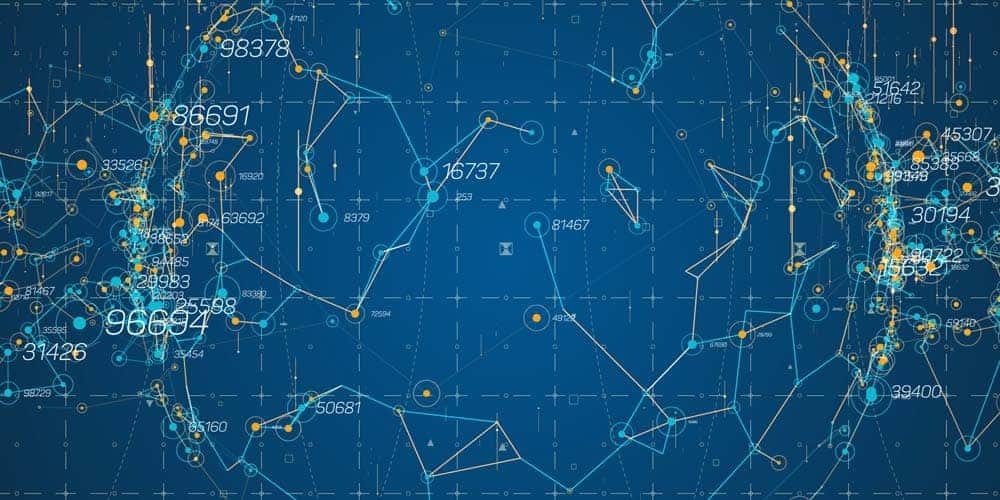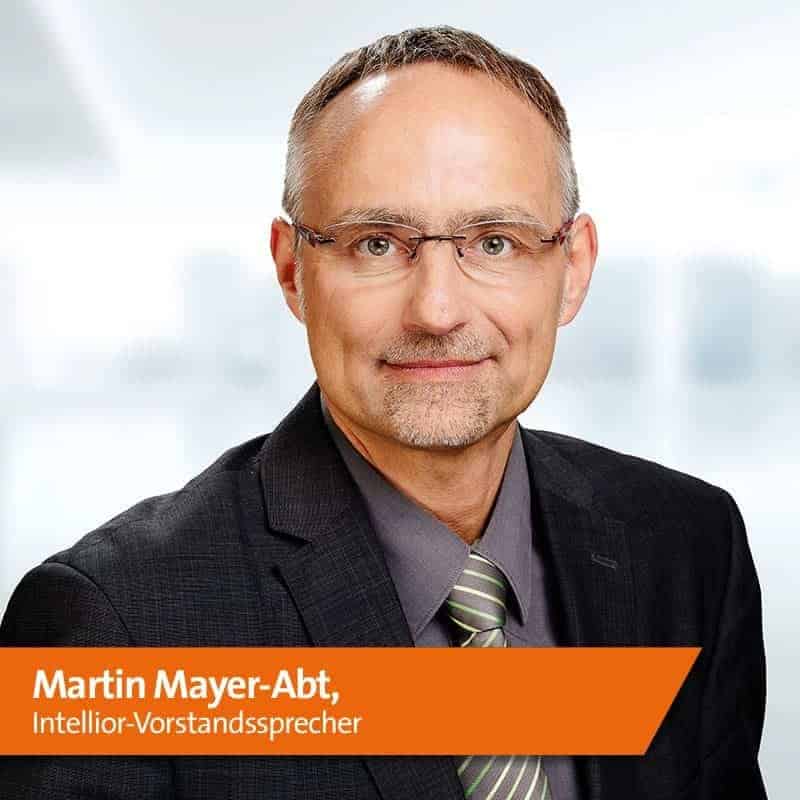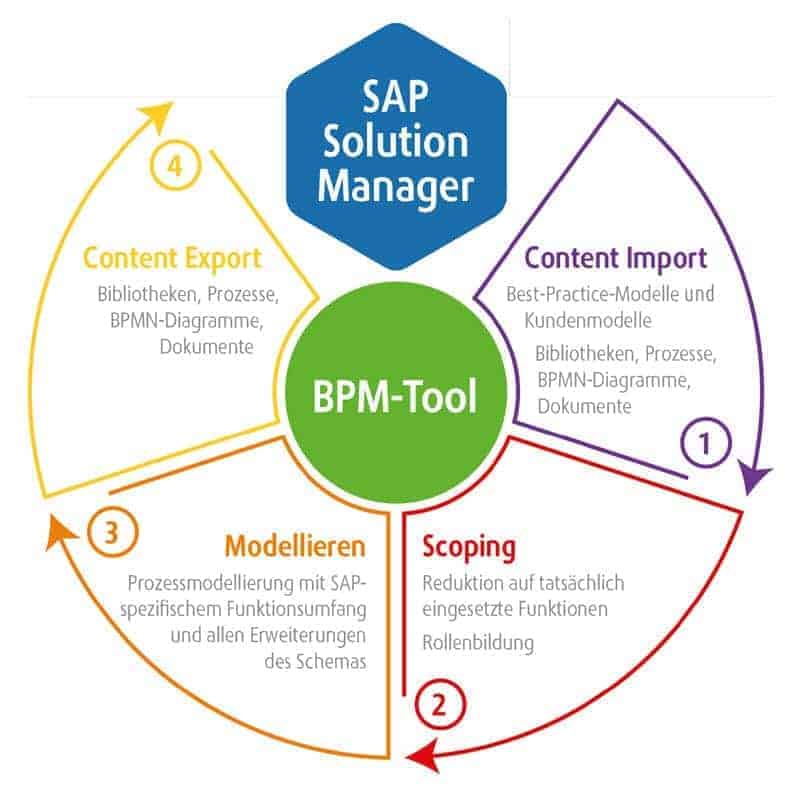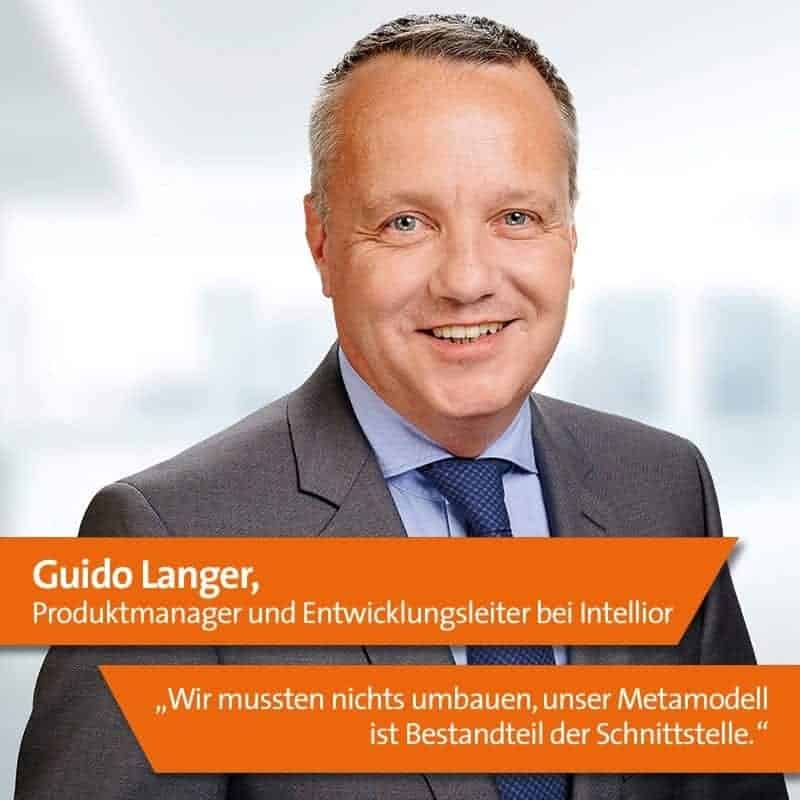SolMan Interface - Towards a Unified Data Model


Before SolMan 7.2, one could also participate in its functionalities, but some external partners only as reading users. This connection to the SAP world of processes remained one-sided and rather unfruitful, especially since one could only use a few modules and not initiate any lively data exchange.
Only the development of a reading and writing, i.e. bidirectional, interface now promises, at least for the solution provider Intellior, a qualitatively increased data exchange "at a similar flying height," according to Guido Langer, Product Manager and Head of Development at the Stuttgart-based solution provider.
Implementation of BPMN 2.0
As is well known, the new Solution Manager functions ensure an almost complete implementation of the BPMN 2.0 requirements. In addition to the technical aspect of this support, SAP also provides rich reference models that are almost at the level of real process management.
"We can already take this enhanced content as input for our own customers"
says Langer.
For example, in addition to processes, you can now access a large pool of roles.
Path to a uniform process model
Almost all SAP customers work with Solman and about half of Intellior customers. In addition to the generally announced migration to the Hana database or the S/4 Hana business suite, there are project teams at Intellior that have been working specifically on the processes and their exchange with SAP in three man-years since fall 2017.
The solution tool Aeneis now uses the entire scope of functions offered by SAP with version 7.2. There, each company is also required to use a uniform solution, in contrast to the "patchwork" of many individual solutions that often existed in the past.
The approach is to include the IT area in the project from the outset, to place the processes here right away on a technical level alongside the corporate processes that are now still located at a higher "flight level".
One is not far away from the fact that the processes represented from an organized logical point of view are ultimately the same processes as those needed to use the IT systems, and in this way one gains a uniform process model or even enterprise model if, on the basis of the processes enriched from SAP, one also makes use of the extended possibilities of the flexible metamodel of Aeneis and thus links, for example, with the management systems, compliance, risks and strategies of the enterprise, which are also to be maintained within the BPM tool. This goal is shared with the partners, such as MSG Plaut.
Aeneid with SAP schema in 1:1 ratio
But what does this path look like in concrete terms? Information, including document and documentation settings and process representations, is transferred to Aeneis and can be integrated after changes have been made.
This means that Aeneis currently always uses the schema that is used on the SAP side through its customizable metamodel. This is a very significant difference from what other "read only" companies face in the area of interfaces.
Adoption of structures
Aeneis thus takes over from SAP the structures of the business processes with the enhancements of 7.2. In this it can also form any number of groups, for example in folders in which processes are arranged.
These structures are basically taken over, all configuration options, including help documents that SAP still sets via SolMan. In addition, the information of concrete SAP system transactions, Fiori apps or reports is also transferred.
"We offer that the customer can store their own documents describing their implementation directly from Aeneis in the SAP system, and make them available there for the technical users"
says Langer.
From his point of view, the interface is relatively well documented, so that one has a concrete and secure path to "walk" the data exchange in the future.
What SAP offers as a structure is also the structure of the Stuttgart-based solution provider Intellior. This is not a matter of course. Other software houses cannot easily take over data.
Competitors, for example, must first identify in individual customer projects which specific attributes from what SAP models there are actually interesting. And they have to define fields in order to then also record the test case type for a specific process in their own tool, for example.
Aeneis, on the other hand, automatically knows this information, automatically recognizes the attached documents, knows if it is a best practice document or a linked URL.
This means that no configuration effort is required and the customizing aspect does not even need to be taken into account, but simply mirrors the SAP schema.
Image of the reality in the company
Any initial project effort required by other tools is eliminated.
"We didn't have to rebuild anything, our metamodel is part of the interface"
says Langer.
Metamodel states that Aeneis does not prescribe a limited number of objects or only certain links that may play a role in process management alone.
The freedom of the user rather consists in the fact that he defines himself during the modeling of processes what he needs and with which other "enterprise objects" he would like to link his processes.

The Aeneid model promises to provide a reflection of reality, even "the truth about the process landscape," as board spokesman Martin Mayer-Abt emphasizes.
This also means the highest possible adaptation and enrichment, in which the wording, the number of levels in which processes are defined, and also the other objects "around the processes" such as goals, risks, standards, laws are represented exactly as they are found in the company.
"This is what we mean by the flexibility of the Aeneid system"., says Mayer-Abt.
And there are new challenges: Risk management systems and governance issues have left many SAP users with the task of reviewing their authorization systems. Auditors no longer readily certify that companies' authorization concepts are flawless.
Risk and governance
Violations of the Separation of Duties can be detected and tracked using automated test procedures. Specifically, the question is: Which user triggered two different transactions that were never actually allowed to be driven by one and the same employee?
The solution cannot be found in pictures, but only in a system with a distinct understanding of processes. In order to build a target-oriented authorization system, it is necessary to define processes and to specify in them which processes are to be executed by which separate roles (separation duties).
Aeneis has a system for describing roles and user permissions that optimally complements the Solman interface. It is thus possible to fix who is allowed to read or write which role in Fiori applications, for example. There are directories and overviews that companies can use to develop target models, based on the open metamodel.

This example clearly shows the significance that business processes from SAP can have in the company if they are also used as the basis for a uniform, integrated company design.
With Aeneis, the user will bring the complete solution documentation from Solution Manager 7.2 to Aeneis. The solution will extend its own schema with that of Solution Manager, enabling lossless import.
In addition to the structures (libraries and business processes), all BPMN diagrams and documents are available, both from existing solutions and from the best-practice models of SAP or other providers.
Particularly suitable for a migration project, a re-documentation of an SAP system or simply if you want to place the Solution Manager process models next to the previous process models.
One can then edit these solutions in Aeneis and export them back to Solution Manager 7.2. Again, in addition to the structures, the BPMN diagrams and documents are also exported.





